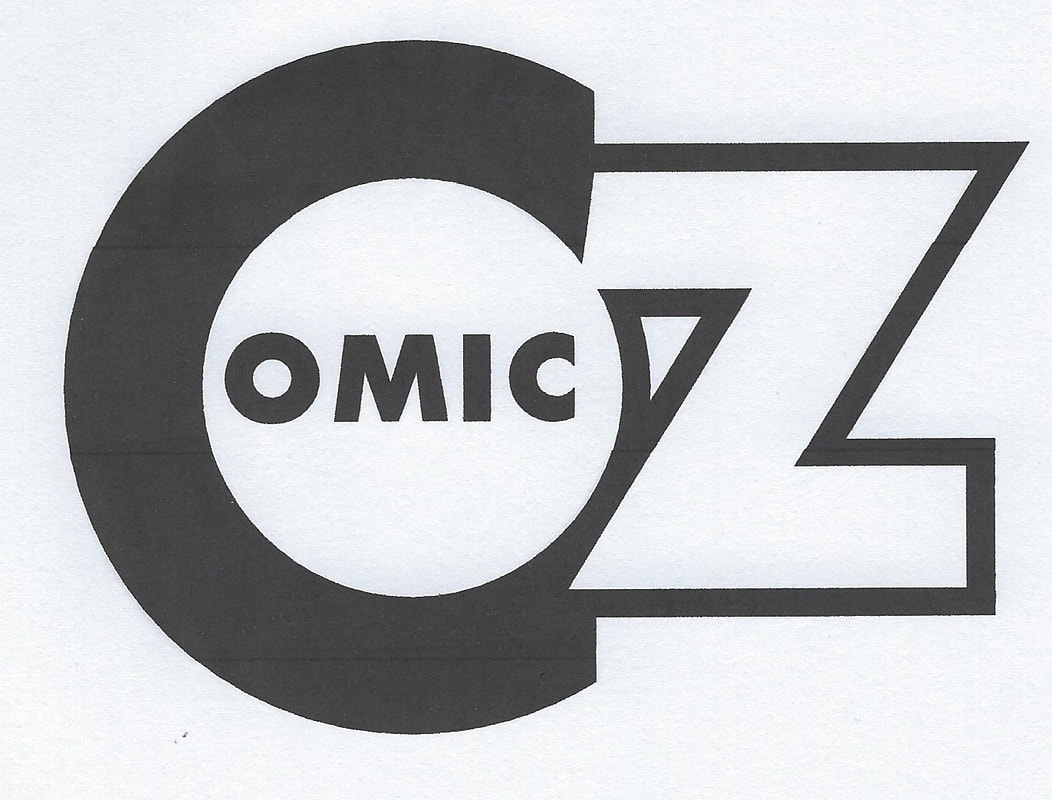|
UA-139927741-1
I have probably said this before (and I shall say it again anyway): I have always found it a blessing to celebrate my birthday on the 21st of December, as it gives me a full ten days to reflect on the year past and to work on future plans for the year ahead. Although the older I have become, the more I have begun to realise that one cannot make plans, because sometimes Life just gets in the way. I am one to celebrate life and all its inherent joys, so I tend to deal positively on the present and remain optimistic about the future. As such, I do not dwell too long on what has passed. By doing this I have been able to overlook some of the personal family pains that my wife Carlene and I have had to endure over the past twelve -- and even further, thirty-six -- months. Twelve months is, after all, just an artificial arbitrary number, just as Time remains a fleeting man-made means of measuring the space that makes our lives. Perhaps it is the fact I have just turned 60, that I feel qualified to be able to wax philosophically about all these matters. In any case, I have begun a 'tradition' some years ago to announce what I consider to be the Best Australian Original Comic Book in the first week of January, and there seems no valid reason (philosophically or otherwise) not to do so again in 2018. So over the past ten to fifteen days, I have looked through the Australian comics I have purchased and read over the past year. Which one has really resonated with me? Or which one honours the traditions of the medium's past or takes it to an exciting future? Or is there one that feels so uniquely Australian that I have no choice but to select it? I really cannot articulate exactly why or what make me make my selection each year; all I know is that it is a personal one and is purely subjective. The recipient wins no worldly acclaim or even a memento on the announcement of the 'award'. The only comics I have and shall exclude from consideration are those that I have published, as I do not wish to show or appear to show any bias. On that score, I am safe this year. I published no comics in 2017. That is not to say I haven't been involved in the medium. Although I may not have attended any conventions and few gatherings, I still have an active interest in the local comic scene: I was honoured to have assumed the role of Lead Judge in the Ledger of Honour deliberations (for the Ledger Awards), and I was so excited to have presented the 'Dead Set' Ledger to Rosalie Gibbs, on behalf of May Gibbs' family. I remain on the Board of the Australian Cartoonists' Association, and have continued to edit their journal Inkspot, managing to keep it to a more-or-less quarterly schedule throughout the year. I worked with three designers this year: Chris Barr (two issues), Cam Winks and Judy Nadin (one each). Here are the past four issues: What is the state of the local scene? Having not attended many conventions or comic-specific markets this year, it has limited my exposure and awareness of what comics are presently out there in the comics community. Still, much marketing is present and feedback seen and available on Facebook these days, allowing many people (like me) to keep reasonably up to speed in the scene. I remain disappointed that there are no original nationally produced and distributed comic magazines in this country, because such a magazine could alert readers to even more upcoming creative projects; although having attempted to publish such a magazine myself, I know that releasing such information in a timely manner is no easy task. However, the one comic that is nationally distributed (The Phantom) has shown that even a magazine that has been going for decades can still make improvements. This year, that comic included more locally-produced stories and covers within its pages than ever before. Frew has also taken to expanding their presence within the community, by publishing new titles and having management and artists appearing at fan-events like Supanova. This has been the most pleasing aspect of this long-time Australian comic publishing house. I admit that I have been fairly critical of Frew in the past, but this year, I can do nothing except lavish praise: that they have actively sought to include more works by local artists and writers pleases me no end. From a retailers perspective, I suspect things are not all that rosy. It seems that where 2016 saw some growth and expansion in the rural (that is the non-metropolitan) area of Australian comic shops, there seems to have been a contraction in some capital city centres in 2017. Comics Kingdom in Sydney shut up shop, and there were some financial difficulties expressed publicly by Ace Comics and Games in Brisbane over the past twelve months. Fan disquiet about another retail outlet in Brisbane, thought to be a result of changing personnel, was also expressed in social media. Whether these are a result of narrow product choices being available to readers (that is, superheroes) with too much of the same type of stories offered by publishers, or an inability of some stores to be able to attract new comic readers, or whether too many publishers are printing larger amounts of variant covers in order to appeal to the collectors, rather than the readers or perhaps there are other factors in play, I have no real opinion. Could it be that there are too many comic stores in the capital cities? Perhaps a question for another time.... In any case, today is 5th January, the birth-date of Monty Wedd, one of Australia's greatest comic book writer and illustrators. Were he still alive, he would have been 97 today. Reason enough, then, to celebrate what has been good in Australian comics over the past twelve months. Reason to announce what is the first Australian comic award for the year. Here are some that came into my consideration: I have already made mention of The Phantom comic, which included a serialised tale by Australians Christopher Sequeira (story) and Jason Paulos (art) within its pages. But it was the all-new publications Kid Phantom (illustrated by Brisbane-based Paul Mason) and The Giant-Size Phantom that interested me the most! Seeking to expand their fan base, and taking the character to a new audience, Kid Phantom was an excellent step for younger readers to climb aboard the Frew line of publications. The story (written by Gabriel Henriquez) was fast-paced and exciting, the artwork dynamic. My only criticism would be its size -- I think the magazine (at 15 cm x 23 cm) should have shared the regular comic-book's dimensions. Giant-Size Phantom's cover artwork by Glenn Lumsden was masterful: it really evoked the covers of a bygone era, yet was modern in its application. The internal pages sought the same goal as Kid Phantom: to take Frew characters to a new audience. However, the characters -- the Shadow, the Phantom Ranger, Sir Falcon, and Catman -- are all from Frew's Golden Age of Australian comics! With the third edition, John Dixon's Crimson Comet's first issue was reprinted. I must confess to some involvement in the selection. I was able to speak to John's family when Frew were seeking to reprint the tale. Still, for mine, the best reprint comic published in Australia in 2017. Gary Clark's first foray into comic book publishing shouldn't go unmentioned either. Although partially a reprint book, featuring a collection of strips from his long-running daily comic strip Swamp, this all-colour issue also features some work that reads just like a comic. I was uncertain if I ought to include it in my list of year's best, as Gary feels it still is a work in progress (he has numbered it "Issue -1" after all), and I should also disclose giving him some advice on comic publishing prior to its release. So, perhaps I should say instead that this could be one for you to check out next year at Supanova. Bazza the Bogan Barbarian: Australian Alien Invasion is a comic that was made available at Supanova during the year. Written by Sydney-sider Sorab Del Rio and illustrated by Emerson Dimaya, this soft-cover book (comic book size, about 64 pages) puts the FUN back into comics. It's probably as Aussie as you can get: cricket, drop bears, and Bazza the hero (who 'barracks for South Sydney, loves his Vegemite, he dunks his meat pies in beer'). None of it should or could be taken seriously, and some of it may not be suitable reading material for impressionable youngsters, but it was an entertaining romp. As I have stated, I didn't get out too much in 2017. However, towards the end of the year, I visited Squishface Studios in Melbourne, and came across 'The Effervescent Pill' by Chris Gooch. The credits say it was originally written in 2014, but was 'revised and re-drawn for the 2017 Sticky Zine Fair' so I think it counts and so I have included it in my end of year summary. The pacing and the use of colour within the story was well done, and had me interested throughout. My Struggle with Crohn's Disease wasn't your normal comic fare. At 28 pages long, it had more of a zine feel about it. In fact, it was released as a Mini-Comic of the Month (and I forget which month now) and would have been a difficult topic to write about. The artist/writer Safdar Ahmed said he was "pretty embarrassed" about it (it is clearly an autobiographical comic), but felt "it's time to address [the topic] and put it out there". More power to him! It was an attempt to show an aspect of his life, but showed a whole lot more. It showed an Artist sharing a most personal and human struggle, and as a piece of work it showed the potential for the comics medium to educate as well as entertain. It was one of the more powerful comics I read in 2017 and I commend the piece most highly. The Ledger Awards Annual was released to coincide with the Ledger Awards mid-year, and stands as a souvenir of that night. I was initially uncertain whether to include it in my year's best or not, because technically it is not a comic and was originally published to be a record of the nominations and the winners of the night. Much in the same way as the Australian Cartoonists' Association's Year Book is representative of the cartoonists who have worked in the past year, while doubling as their Voting Book. Each year for the past few years, the Ledger's annual has included a previously unpublished comic story within its pages. However this year, the Annual (edited by Bruce Mutard and published by his Fabilaux imprint "under the auspices of the Ledger Awards Organising Committee') was printed as a wonderful glossy 96 page book, and that featured about forty pages of comics. Let me repeat: forty pages of comics! There was no way I couldn't consider it! I'm uncertain as to whom one ought to lavish the praise -- the Committee or Bruce? The editorial inside said "some [of the comic creators] are new to the scene, some are veterans" but all were included "just because". I hope no-one quibbles about those selected, with some of the artists' work appearing already published by Bruce. The book carries a wide selection of differing artistic styles, to please even the fussiest fans of the medium. From a personal viewpoint, seeing Gary Chaloner's new work that had been slated for the long-delayed ninth issue of Oi Oi Oi! was a little bitter-sweet, but I was able to live with it. Really the whole publication was just a scrumptious delight. Which is not the word I shall use to describe Chris Gooch's main foray into being published by a major oversea publisher. Bottled, put out later in the year by Top Shelf Productions, runs for almost three hundred pages (well, two hundred and eighty-seven to be precise) and tells its tale within six chapters. There are some who will marvel at Chris' storytelling ability, but for mine I was impressed by the pacing of his story: he does not hurry it along, using many wordless panels (even over a full page) and with only minor variations in some sequences. I noted on Facebook that although many Australian readers were aware of the book, many admitted to not having read it. Of that, I have two things to say. One is that I won't disclose any spoilers here, and secondly, you really have to read it. I went to Squishface Studios in late October and found that despite Chris working at the studio, there were no copies available for sale there (apart for a sample copy available for perusal). It must be the first time I went to Minotaur specifically looking for a certain book! (Which they had, by the way!) There will be some who may be put off by the limited colour palette on show within the story. After a while, I didn't notice the varying shades of red, with the blacks and whites -- I was too engrossed in Chris' tale. Bottled is the crowning achievement in young Chris Gooch's comic storytelling to date. I only trust that the commercial success of his work follows, so that Chris is encouraged to develop more stories in the future and so the world's comic aficionados can look forward to more work from this talent in the future. And we certainly hope there will be a future. With the latest barbs and taunts being carried between the North Korea and the Americans Governments, one wonders what it will all lead to. Perhaps it was the generation I was born in. My parents lived through the (Second) World War and its spectre haunted my growing up, with the fear that the Americans and Russians would perhaps one day strike each other with their weapons of unspeakable horror. Of course, the fears proved to be all unfounded, with tensions between those countries easing. But the older I get, the more concerned I am that the horrors of a nuclear war (or rather, the aftermath) have been 'forgotten' or are thought to be too remote a possibility to even be considered seriously not only by the 'younger generation' but especially by politicians. When younger, I read about what it was like to live in a nuclear explosion. There were not a great deal of books, but there were some that I read that I can recommend: When the Wind Blows by Raymond Briggs and My Hiroshima by Junko Morimoto (who I have just learnt passed away only a few months ago). From a comic perspective, Keiji Nakazawa's ten- volume Barefoot Gen: A Cartoon Story of Hiroshima is worth seeking out. But the most powerful volume (for me) was John Hersey's Hiroshima (initially serialised in The New Yorker, but later released as a paperback, and still available). Or you can read it all here online (click to be taken to the link): https://www.newyorker.com/books/double-take/john-herseys-hiroshima-now-online So, what does all this have to do with naming 2017's Best Original Australian Original Comic Book? They were among my first thoughts after reading this year's winner. The winner of the Comicoz 2017 Best Australian Original Comic Book is.... (drumroll, drumroll)...is... "Post Traumatic", written and illustrated by Bruce Mutard, and published by his imprint Fabliaux.
Now I do need to disclose here that I once published one of the stories reprinted in this fine anthology. ('Merry Christmas' in Oi Oi Oi!'s Special Nostalgia Edition.) My reasons for selecting this book? I'll return to talk of it another day. (It is, after all, almost 2 in the morning ....and I need to work later in the morning at 8!) |
Comicoz is Nat Karmichael's publishing imprint. Nat is committed to preserving a permanent collection of Australian comic and comic strips. He feels that there is a need to recognise comics' contribution to and depiction of Australian culture.
Nat Karmichael.
Since 2011, Nat has self-published over twelve comic-related books and was Publisher-Editor of Oi Oi Oi! -- the last series of nationally-distributed comic books of original stories to appear on Australian newsstands. He is a member of the Australian Cartoonists Association and edited the Association's journal Inkspot for 14 issues from late 2015. He remains the Lead Judge in the Ledger of Honour Awards for the Comic Arts Awards of Australia (formerly the Ledgers). Nat has now retired from his former occupation as a Clinical Nurse in the Psychiatric Emergency Centre in Queensland's largest public hospital, so that he can spend more time with his long-suffering wife and their six children and fourteen grandchildren. He still plans to publish more comics and comic-related books, the details of which you should see here in the coming months... Comicoz acknowledges the Traditional Custodians of Country throughout Australia and their connections to land, sea and community. We pay respects to elders, past, present, and emerging, and extend that respect to all First Nations peoples.
Archives
May 2024
Quick LinksAustralian Publications since 1976:
1 x Poster 19 x comics (one a co-production with Cyclone Comics in 1988/9, one a co-production with Cowtown Comics in 2022) 2 x Paperback books 10 x Hardcover books All Australian! |
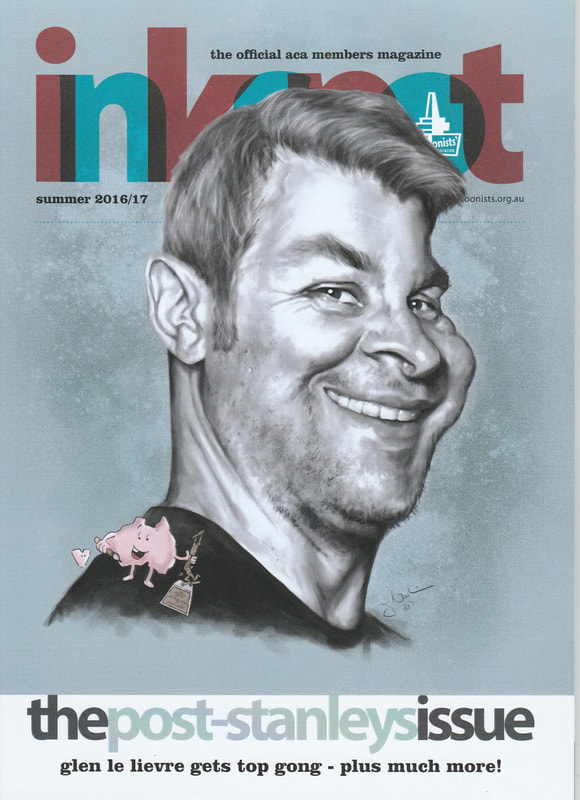
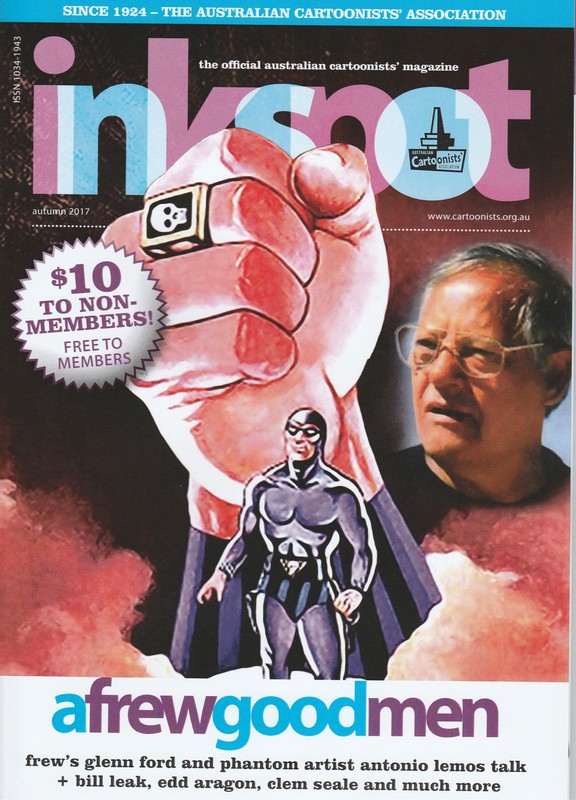
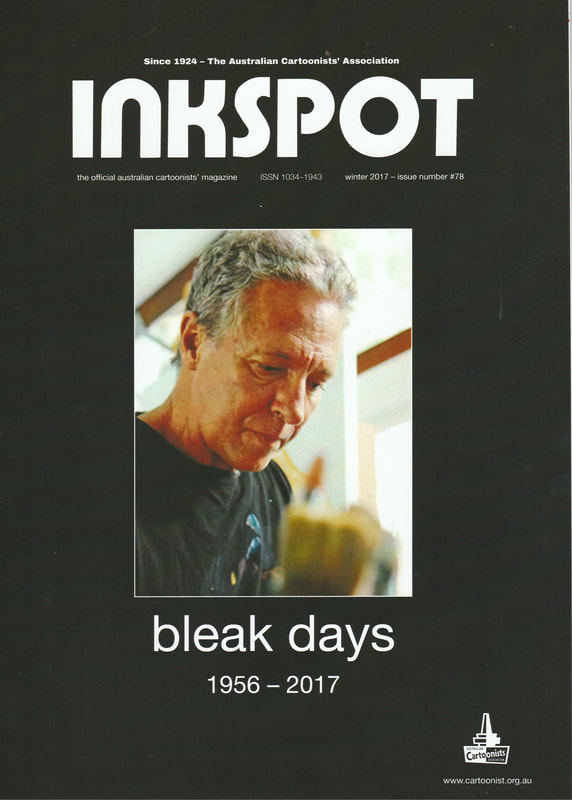
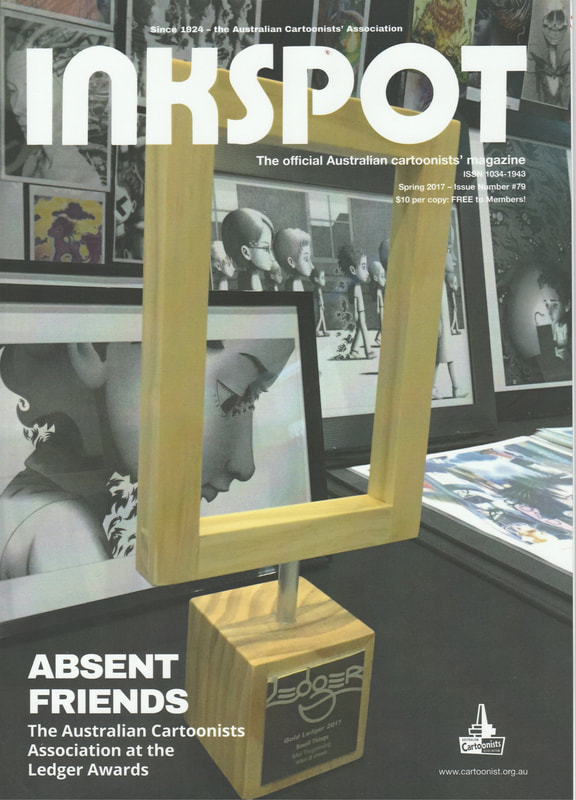
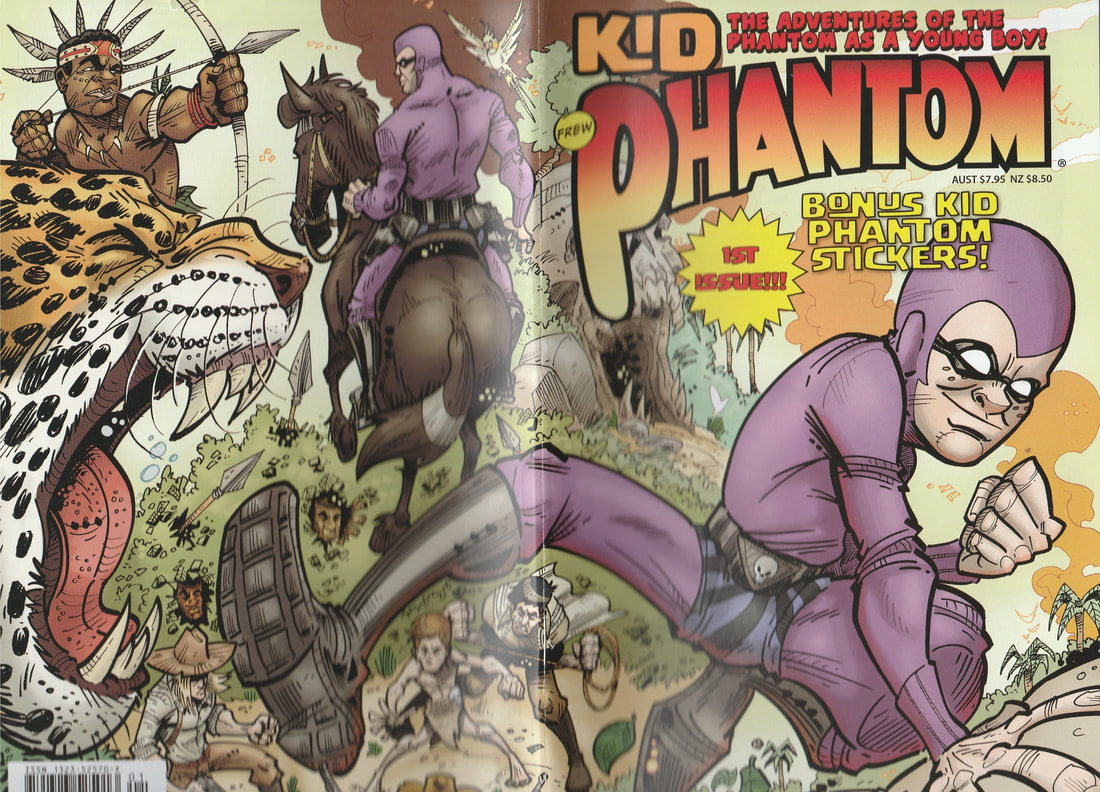
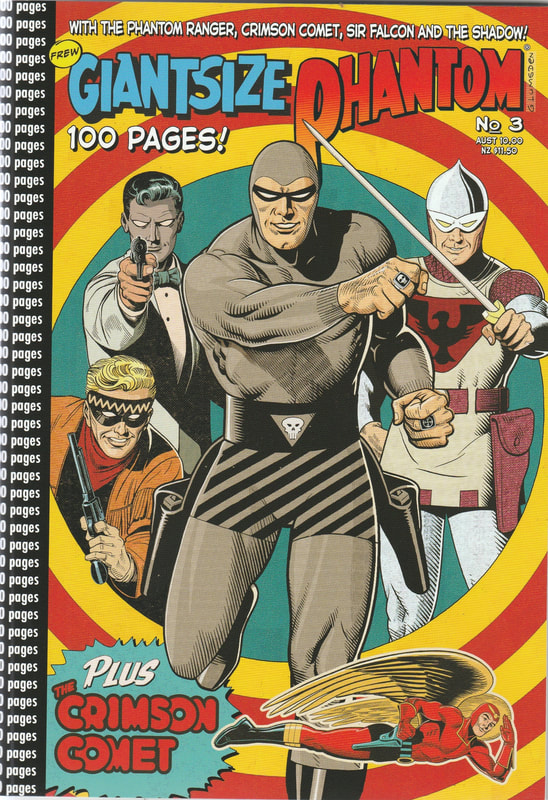
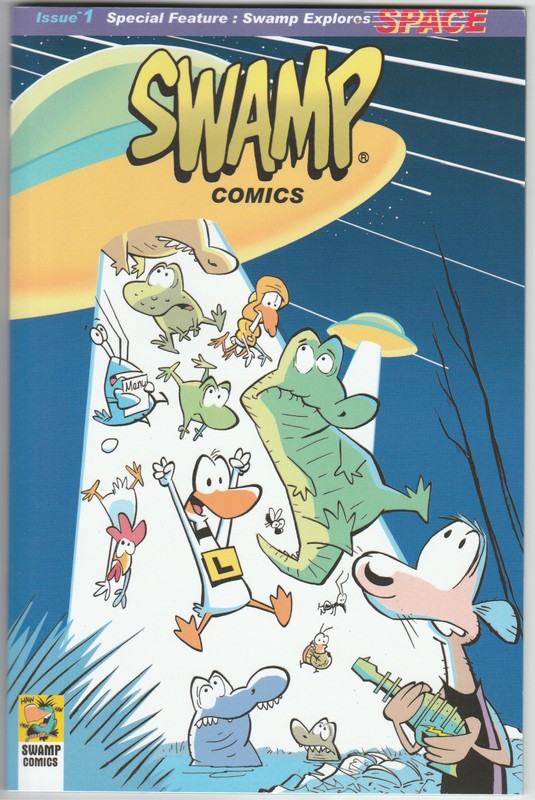
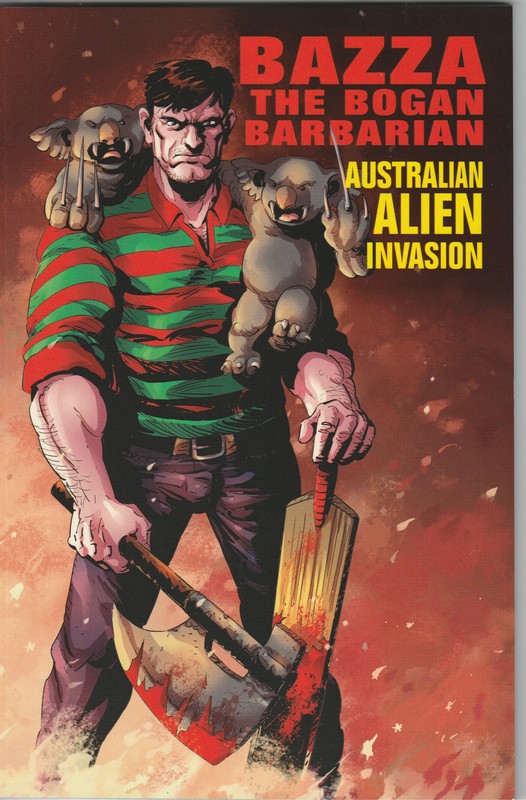
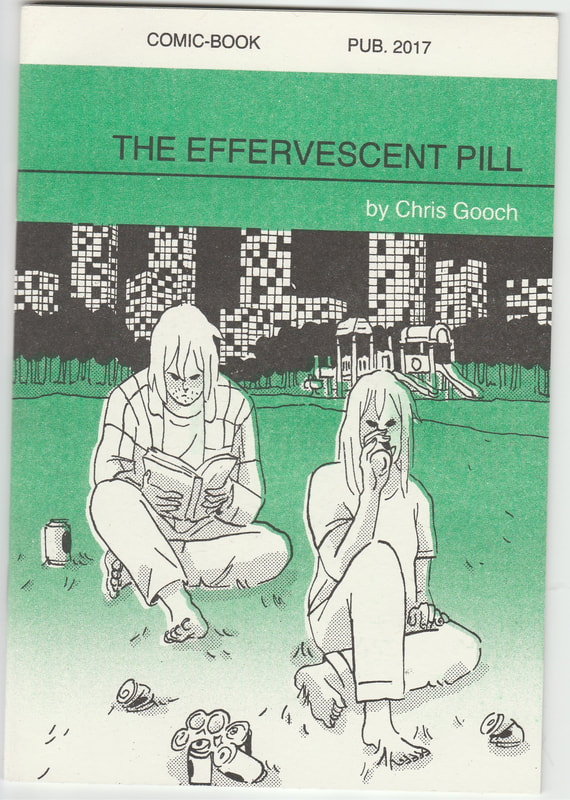

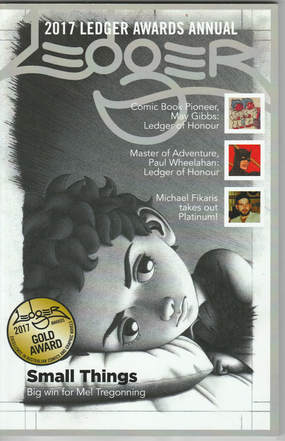
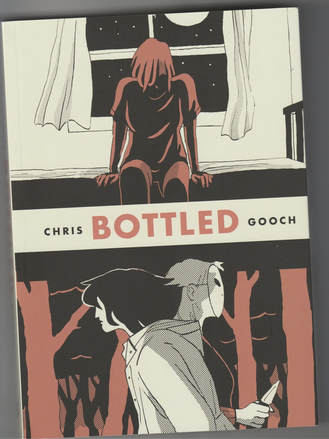
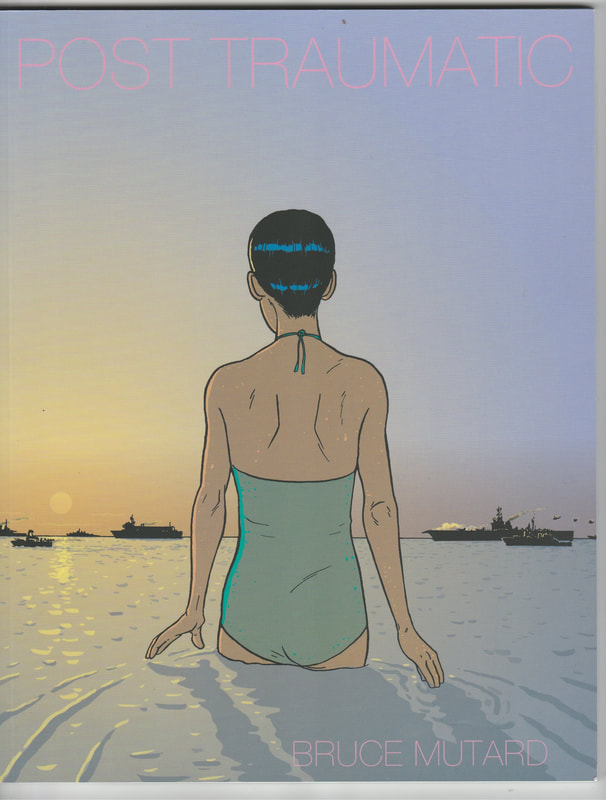
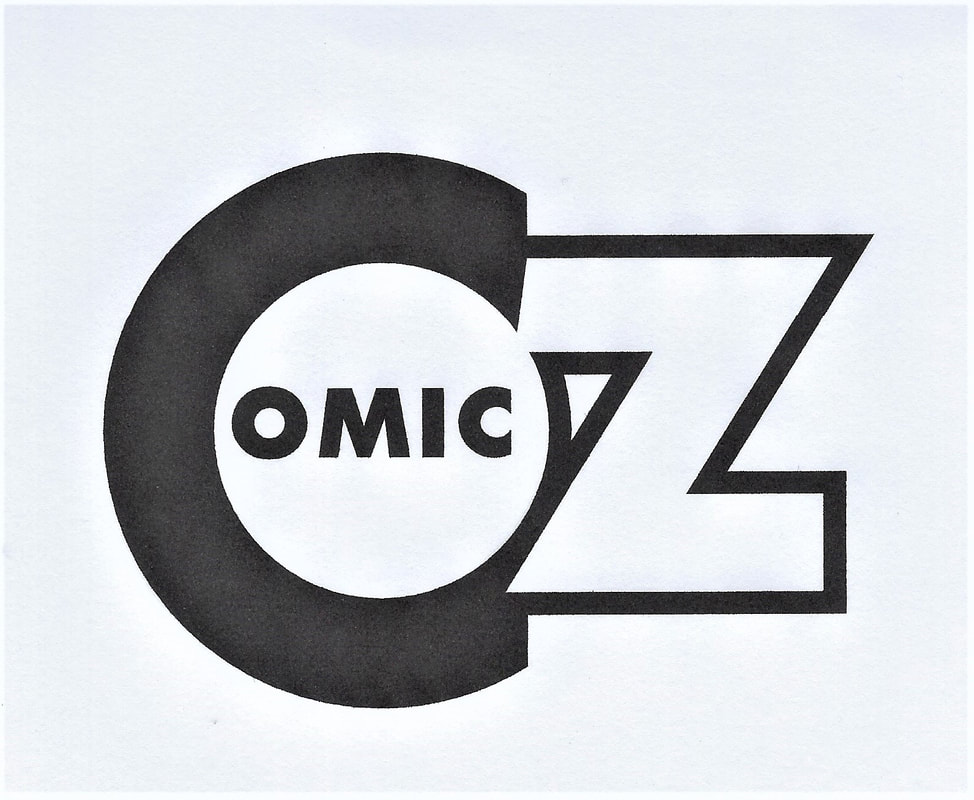
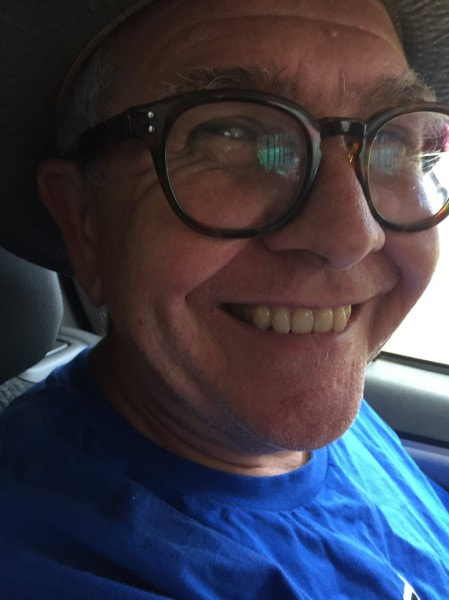
 RSS Feed
RSS Feed
